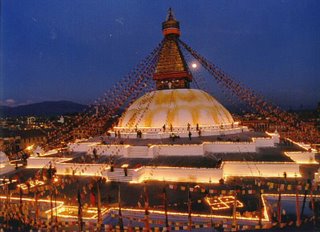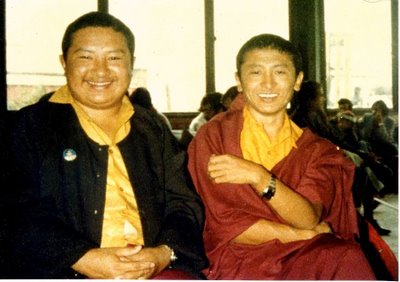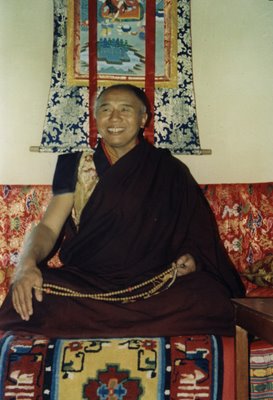
This volume is wonderfully fresh and accessible. It is like sitting, listening to stories told by a dear friend or relative. There are charming details, remarkable personal observations of many of the greatest lamas of the late 19th and early 20th centuries, down through Dzongsar Khyentse, Dilgo Khyentse and the 16th Karmapa. A deep theme throughout is that of the "terton", the gifted soul who uncovers "treasures" or "terma" hidden by Padmasambhava to be discovered when the time and times are correct. The author's great grandfather, Chokgyur Lingpa, was one of the last and greatest tertons, and the teachings thus uncovered - how and where they occurred, who was involved, the lineage of those who received these teachings, and so forth - is central to the story. I have found nothing like this in any of the many I've read on Tibet and the Tibetans.
Tulku Urgyen Rinpoche tells stories of these events that go back a considerable ways before he was born, into the 19th century, when Tibet was a world unto itself. He ends the book with a relatively brief description of the work he undertook at the direction of the 16th Karmapa to build a monastery near the great stupa of Boudanath, near Kathmandu, many years after his departure from Tibet in 1955. One sees glimpses throughout the narrative of the coming debacle; remarkable prophecies, side by side with engaging tales of his encounters with masters of the Dharma. It is a unique account, not to be missed, especially by those who seek a deeper understanding of how the great lamas of Tibet in that time lived their lives, related to each other, maintained their lineages and looked forward to preservation of the Dharma in a changed world. Altogether enchanting!
--David Nichols




